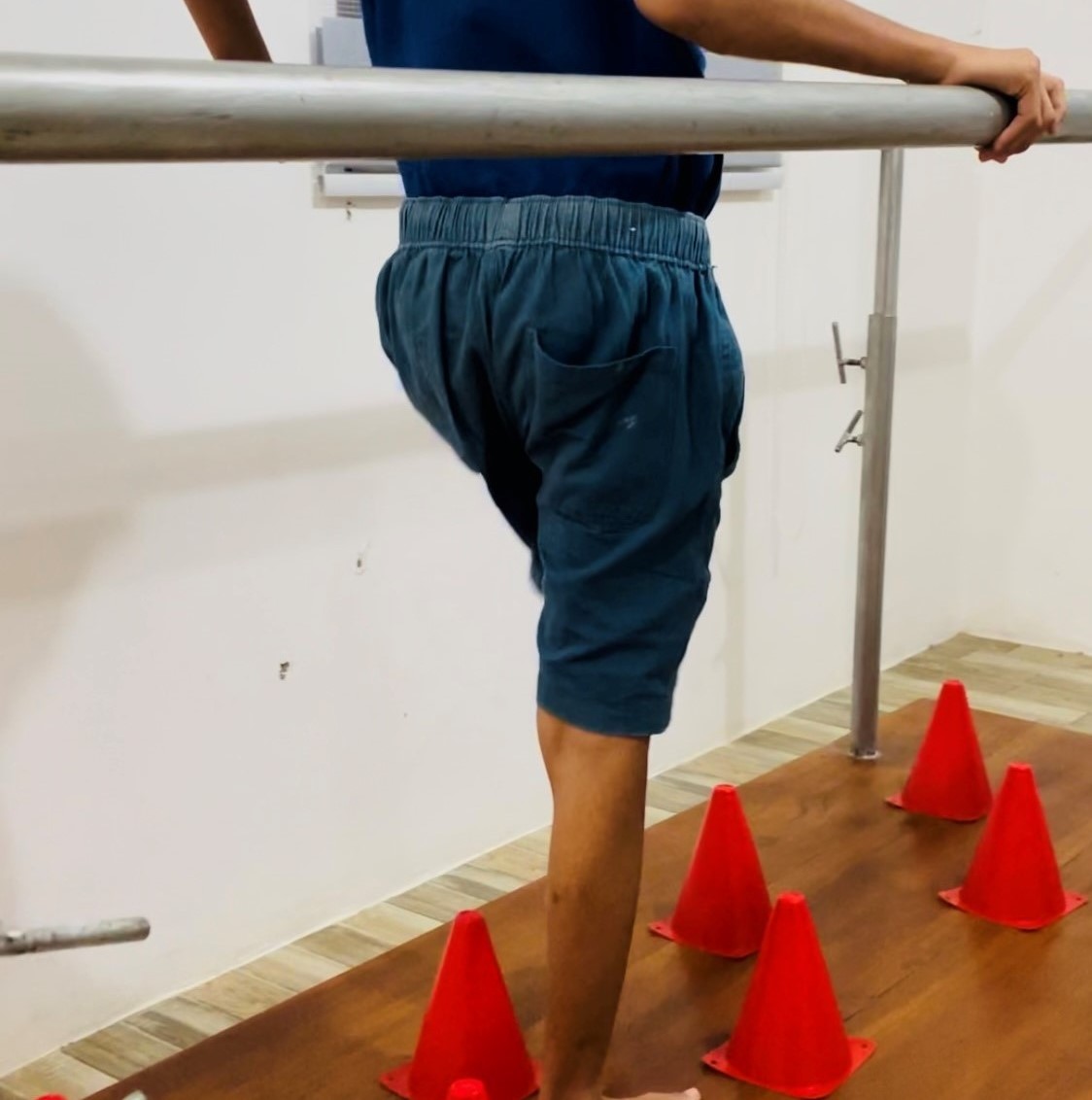
Sports Injuries
Physical therapy plays a key role in managing and rehabilitating various sports injuries, aiding athletes in recovering safely and efficiently. Here are examples of how physical therapy helps with different types of sports injuries:
1.Ankle Sprains
● Initial Management: Physical therapists employ RICE (Rest, Ice, Compression, Elevation) principles to reduce swelling and pain.
● Range of Motion Exercises: Gradual introduction of ankle mobility exercises to restore joint flexibility.
● Strength and Stability Training: Progressive exercises to strengthen muscles around the ankle, improving stability and reducing the risk of reinjury.
● Functional Training: Activities designed to simulate sports-specific movements to ensure readiness for return to play.
2.Knee Injuries (e.g., ACL Tear)
● Preoperative and Postoperative Rehabilitation: Physical therapists work closely with athletes both before and after surgery to optimize outcomes.
● Progressive Strengthening: Gradual introduction of exercises to build quadriceps, hamstrings, and gluteal muscles to stabilize the knee.
● Proprioceptive Training: Balance and coordination exercises to improve joint awareness and reduce the risk of reinjury.
● Sport-Specific Training: Tailored rehabilitation programs that mimic the demands of the athlete's sport to facilitate safe return to play.
3.Traumatic Injuries (e.g., Fractures):
● Immobilization Management: Rehabilitation starts with gentle mobilization techniques post-immobilization to restore range of motion.
● Progressive Loading: Gradual introduction of weight-bearing activities to rebuild bone and muscle strength.
● Functional Training: Activities to regain daily function and restore movement patterns required for athletic performance.
● Pain Management: Modalities such as ultrasound, electrical stimulation, or manual therapy to alleviate pain and enhance recovery.
4.Ligament Tears (e.g., Meniscus Tears):
● Manual Therapy: Hands-on techniques to improve joint mobility, reduce scar tissue, and promote healing.
● Gradual Loading: Controlled introduction of weight-bearing activities to rebuild strength and stability.
● Biomechanical Analysis: Assessment of movement patterns to identify and correct faulty mechanics contributing to injury.
● Return-to-Sport Training: Progressive exercises and drills to simulate athletic demands and ensure safe return to competition.
5.Muscle Strains and Tendonitis:
● Restoration of Function: Focus on improving flexibility, strength, and endurance of the affected muscle or tendon.
● Eccentric Training: Eccentric exercises to promote tissue healing and prevent reoccurrence of strains.
● Activity Modification: Guidance on modifying training techniques and equipment to minimize stress on injured tissues.
● Education: Instruction on proper warm-up, stretching, and conditioning techniques to prevent future injuries.